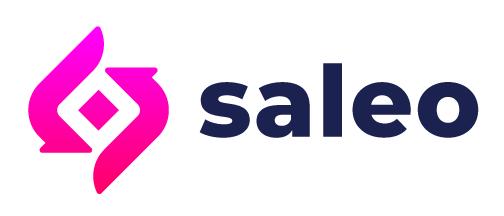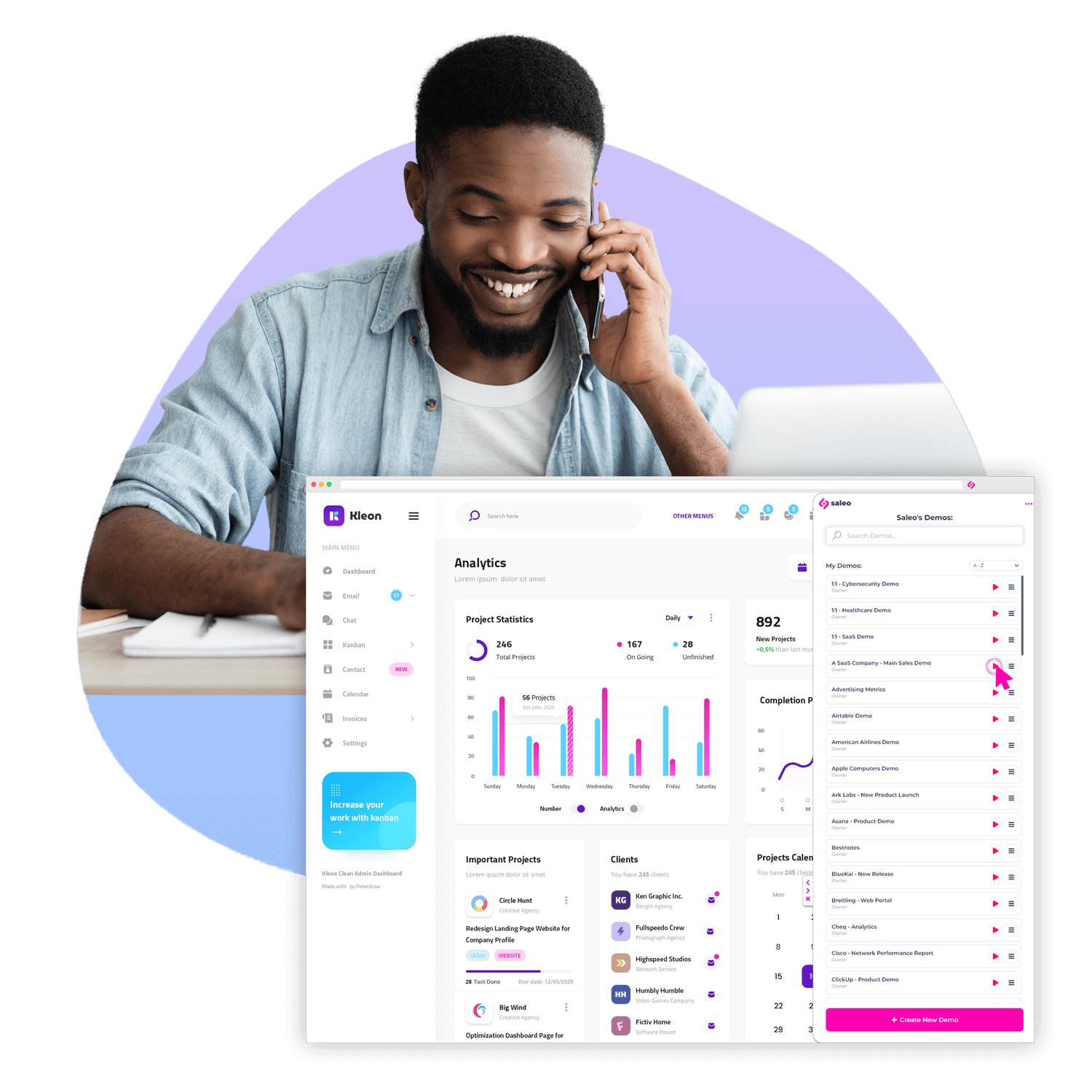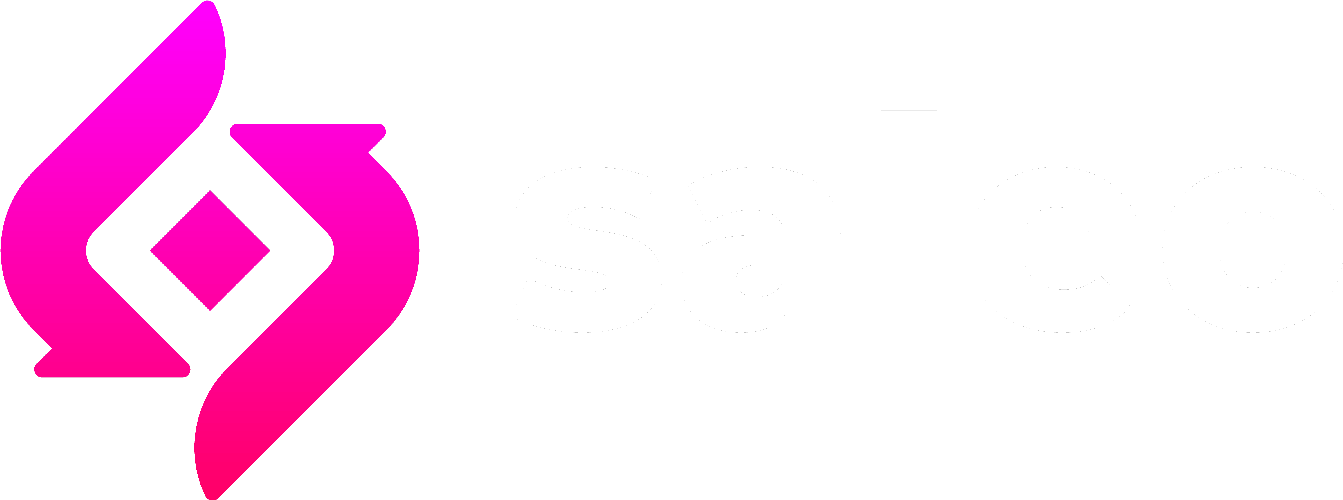What is product led growth? How do you know if it’s the right strategy for your company? In this blog post, we will answer all of these questions and more. We’ll start by discussing what product led growth is and giving some examples of successful companies that use this approach. Then, we’ll talk about how to use product led growth to go-to-market and measure success. Finally, we’ll give 5 tips on how to become a product-led company. Read on to learn everything you need to know about product led growth!
What is product led growth?
Product led growth (PLG) is a business model in which a company’s products are the driving force behind its success. This approach differs from other models, such as sales-led or market-led growth, in which marketing and sales efforts are the primary drivers of success. In contrast, companies that use product led growth focus on developing products that users love and that drive customer acquisition and retention.
Some examples of successful companies that use product led growth include Zoom, Slack, Dropbox, and HubSpot. These companies have all built products that customers love and that have driven explosive growth. Zoom, for example, has a Net Promoter Score (NPS) of 72, indicating that users love the product and would recommend it to others. This type of customer love has led Dropbox to over 500 million registered users with a NPS score of 54.
How can you use product led growth to go-to-market?
And by “tell the story right,” I mean be a good storyteller: Open with a hook. Lure the reader from one line to the next. Start in the middle of the action. Create compelling characters. Set the story around a central conflict. If you don’t have conflict, you don’t have a story (or a hook). And who would read that?”
Wes Bush, Product-Led Growth: How to Build a Product That Sells Itself
There are a number of ways to use PLG to go-to- market. One approach is to use your products as a way to attract new customers. In this scenario, you’ll focus on developing products that are attractive to new users and that drive customer acquisition. Another approach is to use your products to retain existing customers. In this scenario, you’ll focus on developing products that keep customers engaged and prevent them from churning.
Another key element of product led growth is using your products to generate demand. In this scenario, you’ll focus on developing products that are so valuable that customers will want to buy them. This can be done by creating products that solve a specific problem or meet a need that users have. The solutions to these problems can best be demoed with a sales demo personalization platform. Finally, another way to use product led growth is to use your products as a way to build an ecosystem. In this scenario, you’ll focus on developing products that work well with other products in your ecosystem and that drive customer engagement.
What are the best metrics to use to measure success in product led growth?
There are a number of key metrics that you can use to measure success in PLG. One important metric is customer acquisition rate (CAC). This metric measures how many new customers you’re acquiring relative to your total customer base. Another important metric is customer retention rate (CRR). This metric measures how many of your existing customers are sticking around over time.
Another key metric to track is engagement. This metric measures how engaged users are with your product and can be measured in a number of ways, such as total minutes spent using the product, number of active users, or percentage of customers who use the product regularly. Finally, you can also track revenue growth to measure success in PLG. This metric measures how much your revenue is growing over time.
How does product led growth drive demand?
Product led growth drives demand by creating products that are so valuable that customers want to buy them. In other words, product led growth creates demand by solving a specific problem or meeting a need that users have (this can be easily shown with a sales demo personalization tool.) This can be done by creating products that are easy to use and solve a common problem, or by creating products that are unique and meet a specific need.
In addition, product led growth drives demand by creating products that work well with other products in your ecosystem. This can be done by developing integrations with other products or by creating a platform that other products can build on. Finally, product led growth drives demand by building an ecosystem of customers and partners who are invested in your success.
Here are five tips to help you become a product-led company:
- Focus on developing products that users love. This can be done by creating products that are easy to use and solve a common problem, or by creating products that are unique and meet a specific need.
- Use your products to attract new customers. In this scenario, you’ll focus on developing products that are attractive to new users and that drive customer acquisition.
- Use your products to retain existing customers. In this scenario, you’ll focus on developing products that keep customers engaged and prevent them from churning.
- Use your products to generate demand. In this scenario, you’ll focus on developing products that are so valuable that customers will want to buy them.
- Build an ecosystem of customers and partners who are invested in your success. This can be done by developing integrations with other products or by creating a platform that other products can build on.
Steps 1-4 are ripe opportunities to use a demo personalization platform like Saleo to help you succeed. By ensuring you always show your product in its best light, you can easily drive product-led growth for your company!
With no marketing at all, Calendly began to take off. So the initial users were in higher education, and very quickly we moved to the commercial sector. And all of that was because of the virality of the product. Seeing that, we just began to invest more into virality. So the combination of self-serve, which is incredibly capital efficient, because you don’t need all of these sales people, and also the virality, instead of spending a bunch of dollars on advertising, you can really rely on the virality of the product and rely on the network of the users to really propagate and to enable distribution, just those are the two things that really allowed us to be successful.
Tope Awotona – Bootstrapping, managing product-led growth and knowing when to fundraise
Is product led growth a right fit for my company?
The best way to answer this question is to evaluate your business and your products.
- Do you have a product that users love?
- Are you looking to attract new customers?
- Are you looking to retain existing customers?
- Are you looking to generate demand for your product?
- Is your business model based on selling products or services?
If the answer to any of these questions is yes, then product led growth may be a good fit for your company.
Where else can I read about product led growth?
If you want to learn more about product led growth, there are a number of resources that you can consult. In addition to this guide, we recommend checking out the following:
- The Product Led Growth Playbook
- The Manifest: 6 Steps to Achieve Product-Led Growth
- The Product Led Growth Podcast
- The Product Led Growth Summit
These resources will provide you with a deeper understanding of product led growth and how to implement it in your business. Thanks for reading! We hope this guide was helpful.





